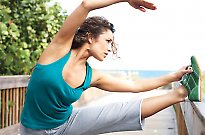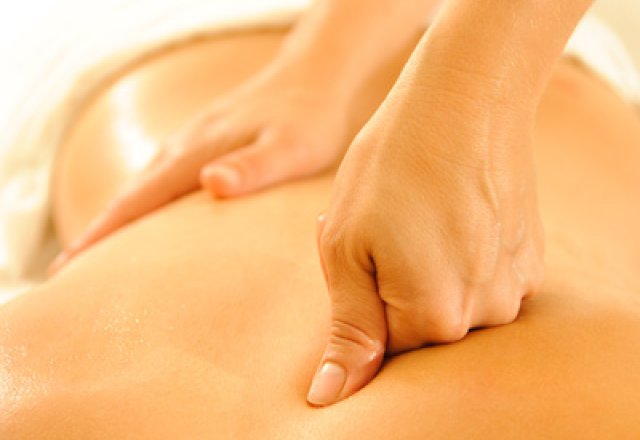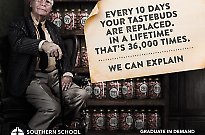
Myotherapy (muscle therapy)

David Goding investigates
Myotherapy can be traced back to the work of Dr Janet Travell in the 1940s, who later went on become the personal physician of JFK.
Her early research inspired Bonnie Prudden in the 1970s to develop the system of myotherapy that we know today.
A manual therapy that focuses on the assessment, treatment and rehabilitation of musculoskeletal pain, myotherapy (meaning, literally, ‘muscle’ therapy) has become hugely popular in Australia partly due to Brian Tritton, whose vision helped create Australia’s first bachelor’s degree of myotherapy in Australia, at the Southern School of Natural Therapies (SSNT).
The benefits of Myotherapy
“Myotherapy can be beneficial for anyone who suffers from most types of musculoskeletal pain,” says Tim Trevail, clinical myotherapy program manager at SSNT. “Chances are that if you suffer from long-standing pain with little or no relief in the past, you may well need to utilise the services of a myotherapist.
“One reason why myotherapy is so effective is because myotherapists are specialised in addressing pain presentations due to trigger-point formation. Interestingly, even today the role of trigger-point formation in pain presentations is poorly understood by a large number of practitioners. This is where myotherapists really shine.”
What to expect
“The practitioner will begin by taking an extensive history including the client’s lifestyle, occupation and dietary habits,” explains Trevail. “A thorough postural assessment is also conducted to see how this may be contributing to the client’s presentation. Extensive orthopaedic tests are also conducted to test other structures, including neural and soft tissues and joints in order to get a clearer picture of what’s going on for the client.”
One of myotherapy’s strengths is the fact that there are so many techniques that can be used.
“The array of approaches and techniques that the myotherapist may use to treat the pain within the session include myofascial dry needling, massage, postural correction and corrective exercise.”
For more information go to ssnt.edu.au


